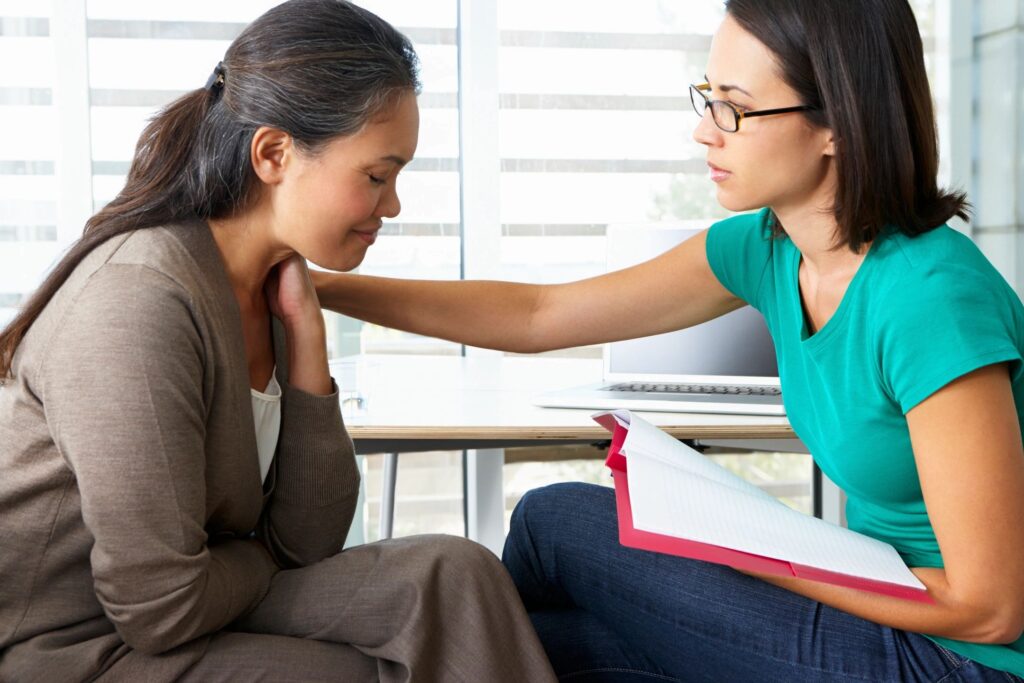Over the past decade evidence has been building about the potential negative psychological outcomes of social media use for teenagers. A more recent research study of American adolescents ages 12 to 15 suggest those who use social media for over three hours per day were twice as likely to suffer negative mental health outcomes including depression and anxiety. Yale Medicine has a guide for parents about how social media influences your teen’s mental health. This guide includes: 1) Determining the age your child will have access to social media; 2) Keeping devices out of the bedroom; 3) Keeping the lines of communication open with your teen and allowing them to make mistakes; 4) Being mindful of your approach when talking to your teen and, 5) Following the rules yourself. The last one might be the most challenging!












